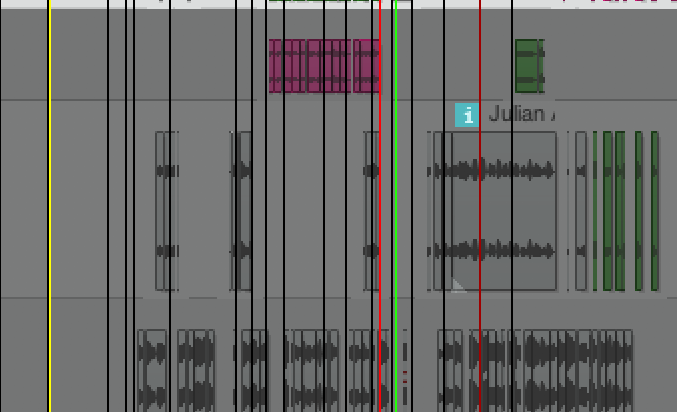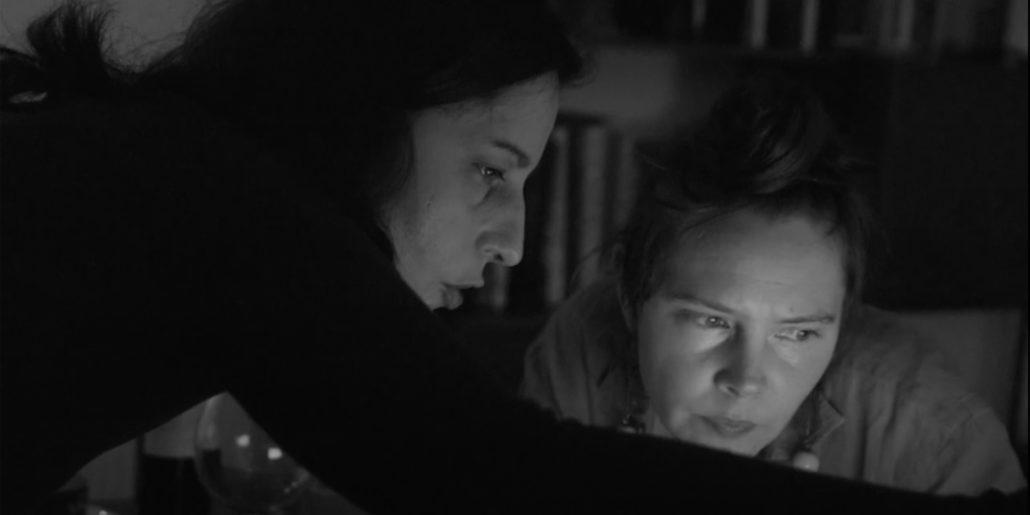Biography
Andvig was trained in the visual arts and Mandrescu has a background in classical music. They have been working together since 2019, mainly helping each other with their individual practices, before collaborating in 2021 to develop the piece The Two Seasons. The strength of their collaboration is their ability to combine the knowledge and experiences they have from their respective fields. This has led to the current development of the work Hacking Wagner.
Kjersti G. Andvig graduated from the National Academy of Arts in Oslo in 2003. As an artist, her work often takes the form of long-term commitments to situations that require complete personal commitment. She has had solo exhibitions at Rekord, Oslo, Triangle, Marseille, and Akershus Kunstsenter, Lillestrøm, and her work has been featured in group exhibitions including ‘Lights On’ at the Astrup Fearnley Museum, Oslo, the Carnegie Art Award exhibitions in 2010 and the Lofoten International Art Festival, 2011.Identity, power and scientific curiosity are ubiquitous in Andvig’s work. Her projects are not limited by any particular medium, be it sculpture, film or sound, because it is the project itself, the ideas and questions asked, that determine the choice of medium.
Ioana Mandescu is a Romanian-born sound artist and musician. In recent years she has developed performances that bring together sound, film and dance. They were presented in Belgium – Bozar Opening Night, Poland – FAMA Festival and Iran – Contemporary Music Festival in Tehran. As a sound artist she was part of group exhibitions in Gouvernment, KASK in Ghent and Zuiderpershuis in Antwerp. She played live sets at MixTree – Amsterdam, Atlantikwall Nocturne – Ostend and La Senne – Brussels, OnderStroom – Antwerp. She worked with NTGent as a sound editor and sound recorder. Mandrescu explores the human body and man-made sounds through recordings that are later used to create multi-channel sound installations.
More info
In residentie Hacking Wagner
13.03.2023 – 24.03.2023

Hacking Wagner is a multi-channel sound installation that aims to recreate Richard Wagner’s opera Die Meistersinger von Nürnberg using pre-recorded samples of human speech. The starting point is the voice of Wikileaks founder Julian Assange, but the entire cast consists of 30 different people. Assange’s sampled voice forms the entire orchestra and one of the seven main characters. The rest of the cast, soloists and choirs, are replaced by other famous people relevant to the story.
Background
The original play is about a young man who challenges authority in the name of passion. The opera’s main character, Walter, is brutal and naive, some might even say arrogant, and thinks he can conquer an entire system by breaking the established rules. No different than our main character, Assange. As if by exposing the crimes of some of the world’s most powerful states and insisting on the public’s right of access, he also thought he could literally change the entire world. The geopolitical and press-ethical consequences of Wikileaks and Assange’s current situation have raised serious questions about freedom of expression and the ideals of the Enlightenment. Ideals that have long been fundamental to the West’s identity – are now back in play. Wagner and Assange are both people with whom many have an ambivalent relationship and who are still considered highly controversial in some circles. Nevertheless, both have done groundbreaking work in their respective fields and made important contributions to the larger “human archive.” Intellectually, musically and politically. Common to both is that their work has been partly overshadowed by their person and criticism, which has not always been justified. Both can also be read in different ways as “embodiments” of coming horrors.
Finally, the play is Wagner’s only comedy, which will be clearly reflected in the choice of contemporary characters and the story that develops between them.
Method
All elements of the opera are replaced by sounds, words and sentences. The piece consists of 21 different instruments, 60 leitmotifs (melodies that repeat throughout the piece), 6 different choirs and 7 main characters.
To replace the notes for the instruments, we create scales based on consonants followed by a vowel. For some scenes we will also create scales that use numbers, laughs, places, names, etc. At the current stage we are using approximately 20,000 unique clips.

